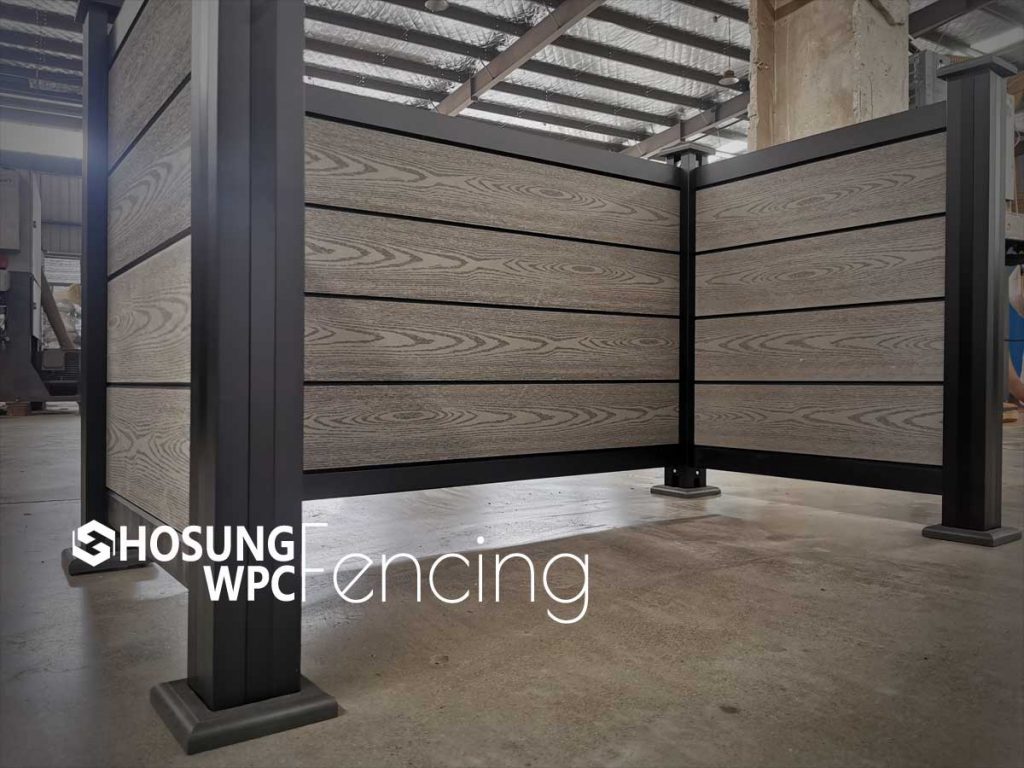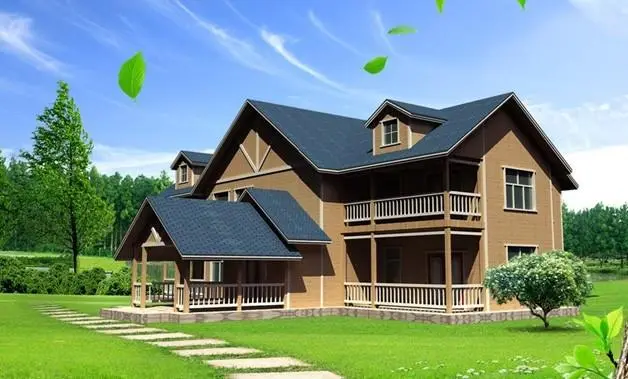In recent years, interior and exterior design trends have experienced a significant shift towards innovative and sustainable materials. One of the products gaining tremendous popularity is the 3D WPC wall panel. This modern solution has transformed how designers, architects, and homeowners approach wall decoration, offering not only aesthetic appeal but also durability and eco-friendliness. In this article, we will explore what 3D WPC wall panels are, their features, benefits, applications, installation methods, and why they are becoming a preferred choice in contemporary design.
Table of Contents
Understanding 3D WPC Wall Panels
So, what exactly is a 3D WPC wall panel? At its core, a 3D WPC wall panel is a type of wall covering made from Wood Plastic Composite (WPC) material, which combines natural wood fibers with thermoplastic polymers. This composite material enhances the properties of both wood and plastic, resulting in a panel that is strong, lightweight, and resistant to moisture, decay, and insects.
The “3D” aspect refers to the panel’s textured or sculpted surface that creates a three-dimensional effect on walls. Unlike traditional flat wall panels, 3D WPC panels introduce depth and visual interest, turning a simple wall into an engaging decorative feature. These panels are available in various patterns, from geometric shapes to natural textures like wood grains or stone finishes.
When searching online or browsing product catalogs, you may come across similar terms such as “WPC 3D panel” or “WPC 3D wall panel”, which essentially refer to the same product but may be used interchangeably in different markets.

Composition and Manufacturing
The unique characteristics of a 3D WPC wall panel stem from its composition. WPC material is created by blending wood flour or fibers with thermoplastics such as polyethylene (PE), polypropylene (PP), or polyvinyl chloride (PVC). The ratio of wood to plastic can vary depending on the desired panel properties, but generally, a higher wood content enhances the texture and visual appeal, while more plastic increases resistance to moisture and impact.
Manufacturing 3D WPC panels involves extrusion or compression molding processes. The mixture is heated and pressed into molds that create the 3D surface patterns. After molding, panels are often coated or finished with protective layers to improve UV resistance, fire retardancy, or scratch resistance. This combination of materials and processes gives the panels their signature blend of durability, design flexibility, and low maintenance.
8 Types of 3D WPC Wall Panels
3D WPC wall panels are available in a wide range of patterns, originally developed for 3D embossed WPC decking, but now also widely applied to wall panels. Hosung WPC, for example, has successfully created eight exquisite patterns to meet diverse market needs. Each pattern carries its own aesthetic, cultural symbolism, and functional benefits. Here are the eight main types:
Dragon Texture
Inspired by the traditional Chinese dragon, this pattern features rich, layered lines resembling a dragon moving gracefully. It carries a strong cultural symbol of power, prestige, and mystery. Dragon texture panels are perfect for high-end commercial spaces, hotel lobbies, restaurants, and clubs, creating a luxurious and imposing atmosphere.Peak Texture
Peak texture draws inspiration from majestic mountain ranges, with jagged peaks and layered depth. It evokes grandeur and stability, making it ideal for resorts, gardens, parks, or elegant interior designs that emphasize sophistication and a connection to nature.Ancient Wood Texture
This pattern mimics the natural aging of wood, showcasing authentic wood grain lines and a rugged surface. Ancient wood texture panels bring warmth, history, and vintage charm to spaces, blending beautifully with modern, classic, or rustic interior styles.Willow Texture
Willow texture symbolizes softness and elegance, inspired by the flowing lines of willow trees. Its smooth, natural curves create a sense of tranquility, making it ideal for gardens, courtyards, balconies, or peaceful indoor spaces where relaxation is desired.Cloud Texture
Cloud texture features delicate, fluid lines inspired by the sky. The light and dreamy patterns evoke calmness and happiness, suitable for modern minimalist homes, offices, shopping centers, or even children’s rooms, adding a whimsical and romantic touch.Banyan Texture
Inspired by the sturdy trunk and complex roots of banyan trees, this pattern displays rich stripes and uneven lines representing strength and vitality. Banyan texture panels are perfect for outdoor relaxation areas, landscapes, or indoor spaces emphasizing natural beauty and rustic aesthetics.Lucky Texture
Rich in Eastern cultural symbolism, Lucky texture integrates traditional motifs such as auspicious clouds and the character “福” (fortune). This design evokes happiness, health, and prosperity, making it suitable for high-end residential areas, hotels, and business locations seeking a unique cultural ambiance.Wave Texture
Wave texture captures the dynamic flow of ocean waves, with flowing lines that create a sense of movement and energy. It is ideal for modern homes and commercial spaces where vitality and visual activity are desired, adding life and energy to any environment.
These eight patterns demonstrate the versatility of 3D WPC wall panels, offering designers a broad selection of aesthetic and functional options. From cultural symbolism to natural inspiration and modern abstract designs, each type can enhance the visual appeal and ambiance of both residential and commercial spaces.
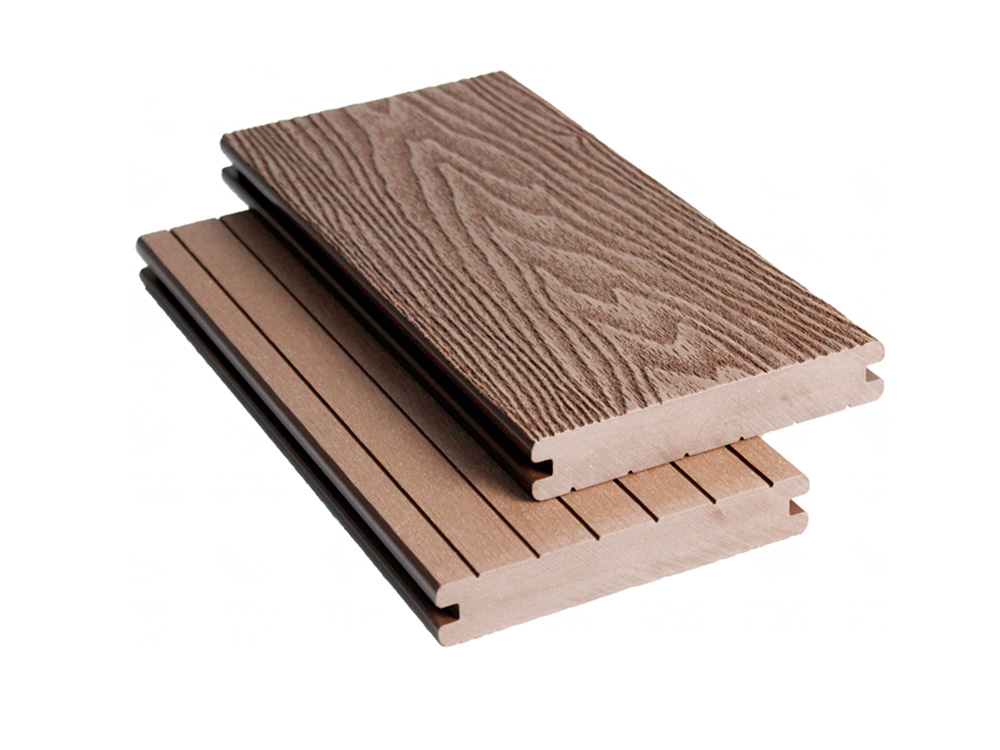
Key Features of 3D WPC Wall Panels
1. Durability and Resistance
One of the primary reasons for choosing 3D WPC wall panels is their long-lasting durability. Unlike natural wood, WPC panels do not warp, rot, or crack easily when exposed to moisture. They are resistant to termites and other pests, making them suitable for both indoor and outdoor applications.
2. Eco-Friendly Material
WPC is considered an environmentally friendly material because it often incorporates recycled wood fibers and plastics. By using 3D WPC wall panels, designers contribute to reducing deforestation and plastic waste, aligning with sustainable building practices.
3. Low Maintenance
Unlike conventional wood panels that require regular sanding, staining, or varnishing, 3D WPC panels are virtually maintenance-free. Cleaning typically involves only wiping with a damp cloth or mild detergent, saving both time and effort.
4. Lightweight and Easy Installation
Despite their solid appearance, WPC 3D panels are lightweight, making transportation and installation easier than heavy stone or ceramic alternatives. They can be mounted directly on walls with adhesives, screws, or clip systems, depending on the design requirements.
5. Aesthetic Versatility
The 3D textures of these panels allow for a wide range of creative designs. From modern geometric patterns to natural stone or wood textures, they can complement minimalist, contemporary, or rustic interior styles. Additionally, panels can be painted or coated to match a specific color scheme, further enhancing design flexibility.
Benefits of 3D WPC Wall Panels
Enhancing Interior Design
The most immediate benefit of 3D WPC wall panels is the visual impact. Walls are no longer just functional boundaries—they become statement pieces. The depth created by 3D patterns can transform a flat wall into a dynamic, eye-catching feature. Designers often use these panels as accent walls in living rooms, bedrooms, or office spaces.
Sound Insulation
Some 3D WPC panels offer acoustic properties that help reduce noise levels within a room. This makes them an excellent choice for offices, conference rooms, home theaters, and even restaurants where sound absorption is important.
Thermal Insulation
In addition to sound absorption, WPC panels can also provide a layer of thermal insulation, helping maintain indoor temperatures and potentially reducing energy costs. This characteristic is particularly useful for buildings located in regions with extreme temperatures.
Moisture and Fire Resistance
The combination of wood and plastic in WPC provides natural resistance against water damage. Many 3D WPC panels are also treated with fire-retardant chemicals, ensuring compliance with building safety standards. These properties make them ideal for kitchens, bathrooms, and outdoor applications.
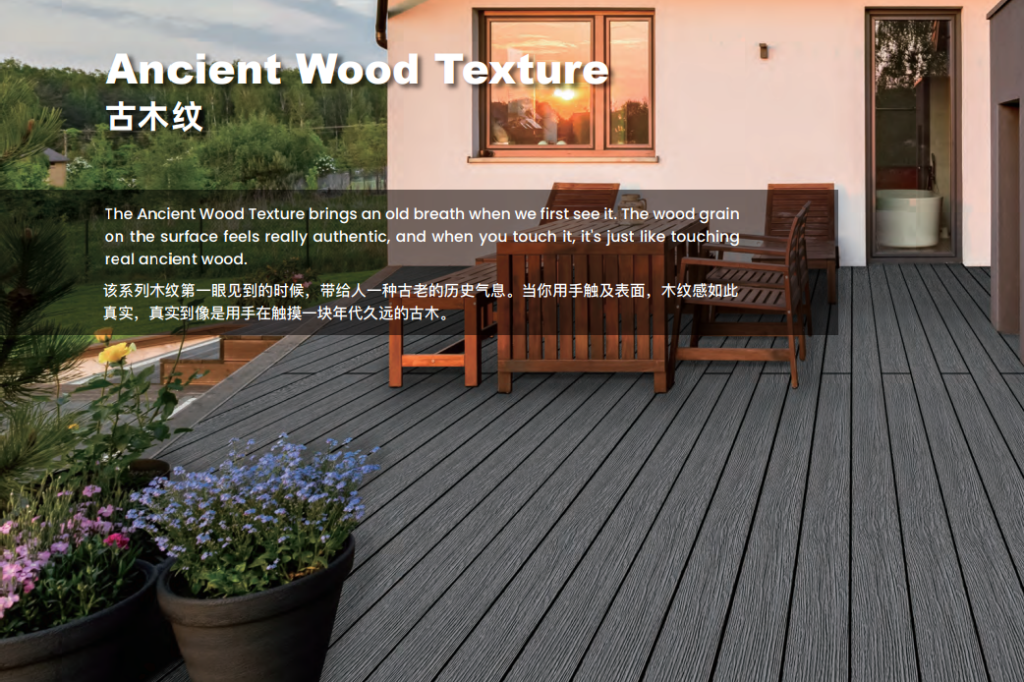
Applications of 3D WPC Wall Panels
Residential Spaces
Homeowners increasingly use 3D WPC wall panels in various areas of the house. Popular applications include:
Living rooms: Accent walls behind the TV or sofa
Bedrooms: Headboard feature walls
Kitchens and bathrooms: Moisture-resistant decorative surfaces
Commercial Spaces
In commercial environments, these panels are gaining traction due to their durability and aesthetic versatility. Common applications include:
Hotels and resorts: Lobby walls and decorative partitions
Offices: Conference rooms and reception areas
Restaurants and cafes: Feature walls and booth designs
Exterior Applications
While indoor use is more common, many WPC panels are specifically designed for exterior walls due to their weather-resistant properties. They can be used for:
Facade cladding
Balcony or terrace walls
Outdoor garden and patio decorations
Installation Process
Installing WPC 3D wall panels is relatively straightforward compared to other decorative materials. The basic steps include:
Surface Preparation: Ensure the wall surface is clean, dry, and free of dust or loose particles. Smooth out any irregularities.
Measuring and Layout: Plan the panel layout to minimize waste and ensure a balanced design.
Fixing Panels: Panels can be installed using adhesives, screws, or clip systems. Start from one corner and work your way across the wall.
Finishing Touches: Fill gaps if necessary, and apply paint or protective coating if desired.
Some manufacturers provide modular designs that allow for interlocking installation, simplifying alignment and reducing installation time.
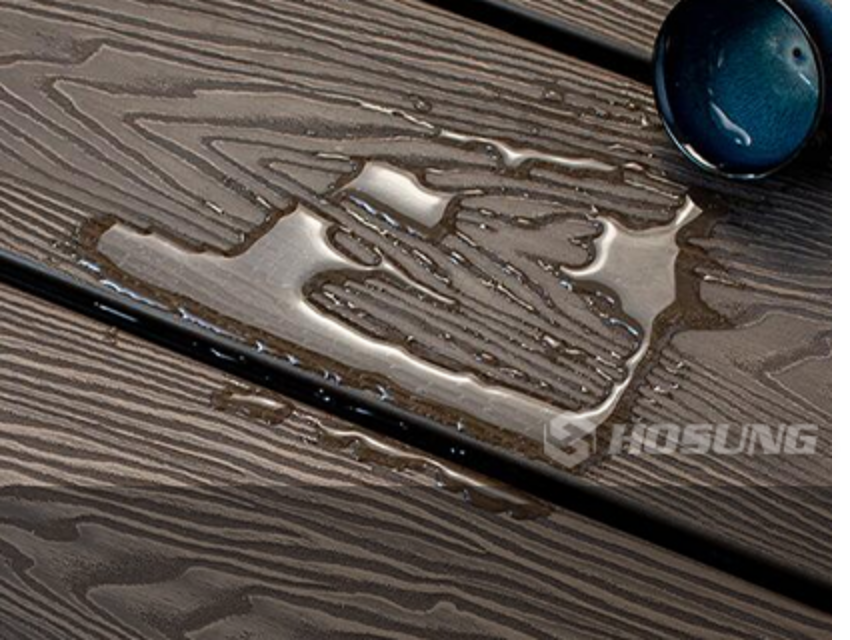
Comparison with Traditional Wall Materials
Compared to traditional materials such as wood, ceramic tiles, or stone, 3D WPC wall panels offer several advantages:
| Feature | WPC 3D Panel | Wood | Stone/Ceramic |
|---|---|---|---|
| Durability | High, resistant to moisture & pests | Medium, prone to rot & insects | Very high, but brittle |
| Maintenance | Low, easy cleaning | High, requires varnishing | Medium, grout maintenance needed |
| Weight | Lightweight | Medium | Heavy |
| Design Variety | Extensive 3D patterns | Limited to natural wood grains | Limited to tiles or stone finishes |
| Installation | Easy, adhesive or clip | Moderate, nails or screws | Difficult, mortar required |
| Eco-Friendliness | Uses recycled materials | Wood consumption | Energy-intensive extraction |
This comparison illustrates why WPC 3D panels are becoming a preferred choice for both interior and exterior applications.
Customization Options
Manufacturers often offer WPC 3D wall panels in customizable sizes, patterns, and colors. Designers can select panels that perfectly match the project’s aesthetic, from subtle textures to bold geometric designs. Some panels also allow for backlighting, which enhances the 3D effect and creates dramatic wall features.
Maintenance Tips
Although 3D WPC wall panels are low maintenance, a few simple tips can help prolong their lifespan:
Avoid using harsh chemicals; mild soap and water are sufficient.
Clean spills immediately to prevent staining.
Inspect for damage periodically and replace panels if necessary.
Ensure proper ventilation in high-moisture areas to prevent condensation buildup.

Market Trends and Popularity
The popularity of 3D WPC wall panels is growing rapidly due to their combination of design versatility, durability, and eco-friendliness. With the rise of sustainable building practices and the demand for unique interior designs, more homeowners, designers, and architects are opting for WPC solutions. Online platforms and specialized suppliers now offer a wide range of panels suitable for both DIY projects and large-scale commercial installations.
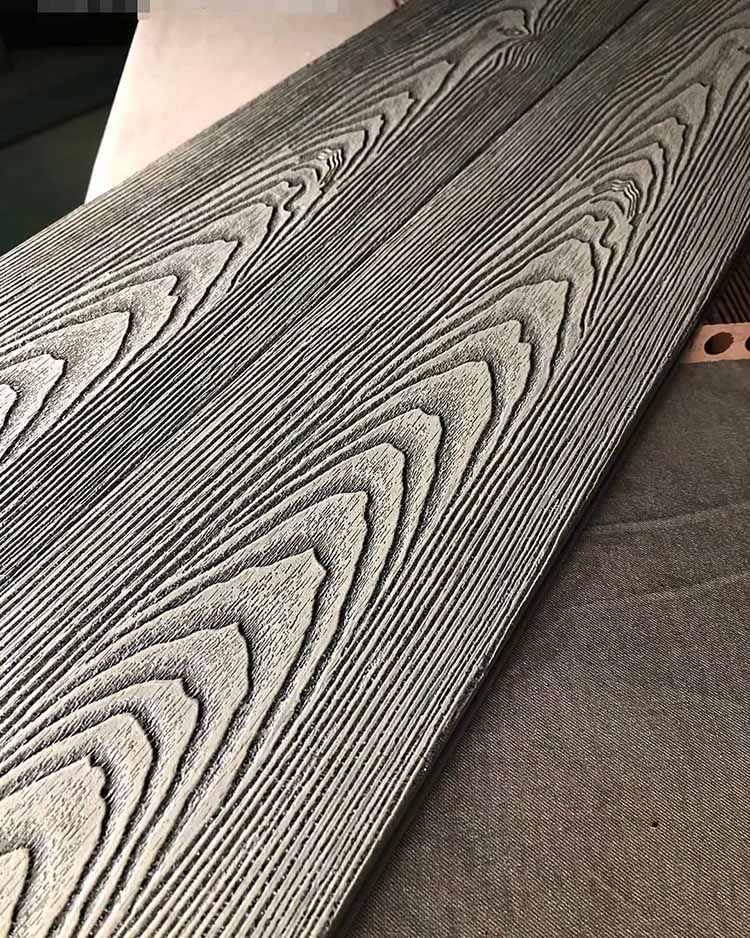
Conclusion
To summarize, 3D WPC wall panels represent an innovative solution in modern architecture and interior design. They combine the aesthetic appeal of 3D textures with the practical advantages of WPC materials—durability, low maintenance, moisture resistance, and eco-friendliness. Suitable for residential, commercial, and even outdoor applications, these panels offer designers an opportunity to create visually striking and functional spaces.
If you are considering transforming your walls into eye-catching features while ensuring longevity and easy maintenance, WPC 3D wall panels are undoubtedly worth exploring. With a vast array of patterns, textures, and colors, they can fit seamlessly into almost any design concept, making them a versatile and sustainable choice for contemporary spaces.
Whether you are renovating a home, designing an office, or developing a commercial property, understanding what a 3D WPC wall panel is and how it can enhance your space is the first step toward creating impressive and functional walls that last for years.


